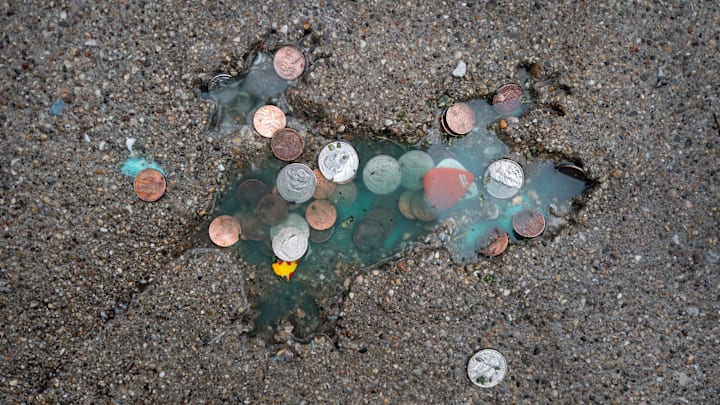In early 2024, the internet was flooded with pictures of a rodent-shaped hole in a Chicago sidewalk. Many assumed it was a rat due to the imprint of what appeared to be the animal‘s tail; people even called it “Splatatouille” or simply “the rat hole.” However, a new study published in the Biology Letters journal suggests it was likely made by a different rodent.
The Rat Hole May Be a Squirrel Hole

According to The Guardian, Michael C. Granatosky—a biomechanist at the University of Tennessee, Knoxville, and the study’s lead author—and his colleagues examined 37 mammal species in Chicago. They made sure to exclude the ones that were very rare or lacked the characteristics in the pavement imprint. The researchers narrowed the animals down to eight species: brown rat, house mouse, eastern gray squirrel, eastern chipmunk, muskrat, white-footed mouse, fox squirrel, and southern flying squirrel.
The rat hole was removed in April 2024 after city officials deemed it damaged, but luckily it was well documented. The researchers collected public images of the rat hole and compared its dimensions with those of prepared museum skins for each of the eight species.
You May Also Like:
- Cyprus Grapples With Stray Cat Problem as Felines Threaten to Outnumber People
- Why Do Spider Legs Curl Up When They Die?
- Work Hard, Graze Hard: Vermont Ski Resort Hires Goat and Sheep Landscapers
Add Mental Floss as a preferred news source!
None of them fit the exact shape and size of rat hole. However, the eastern gray squirrel, fox squirrel, and muskrat came closest to matching the imprint. The scientists acknowledge that it could have been warped due to the wet concrete spreading upon impact. Nonetheless, they agree that the gray squirrel is the most likely culprit because it is the more common species in the area.
So what explains the imprint’s rat-like tail? The researchers say it’s unlikely that the hair strokes from a squirrel’s bushy tail would have left lasting marks in wet concrete. There are plenty of other reasons they suspect the hole was caused by a squirrel rather than a rat: The animal appeared to have fallen from a great height, possibly from the nearby trees where squirrels usually hang out. In addition, squirrels tend to be more active in the day, and concrete is more likely to be wet during these hours.
